Overview
Map
Other Details
كنيسة سيّدة الشير
Ehmej
Jbeil
Mount Lebanon
كنيسة سيّدة الشير - إهمجكنيسة سيدة الشير الرعائيّة العجائبيّة، دُعيت بهذا الإسم نسبةً إلى المكان الذي أقيمت عليه وهو شير صخريّ يبلغ ارتفاعه حوالي خمسين مترًا. تعود الكنيسة الأولى إلى العصور الوسطى، وخُرّبت وأعيد بناؤها سنة ١٦٧٦، بعد عودة الأهالي إلى القرية. بدأ العمل في بناء الكنيسة بشكلها الحاليّ سنة ١٩٠٠ وتمّ إنجازها في العام ١٩٢٠. وهي تشتهر بعجائبها الكثيرة.The church of Our Lady of the cliff - EhmejThe parish church of our Lady was named after a 50 meter limestone cliff above which it stands. The first medieval church was sabotaged and rebuilt in 1676 after the Maronites' return to the village. In 1900 the church took its current form and was completed in 1920. The church is a pilgrimage site famous for the miracles that happened there.
Visited 2305 times, 4 Visits today


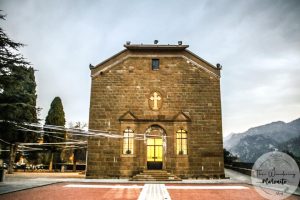
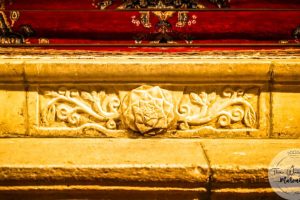
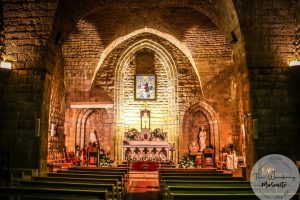

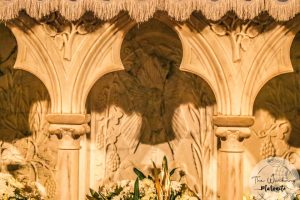
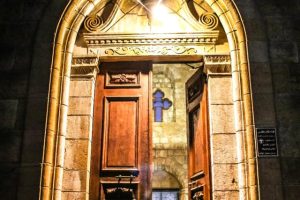
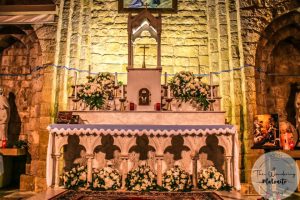











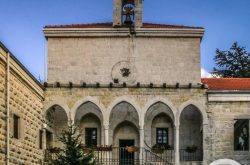
Reviews are disabled, but trackbacks and pingbacks are open.